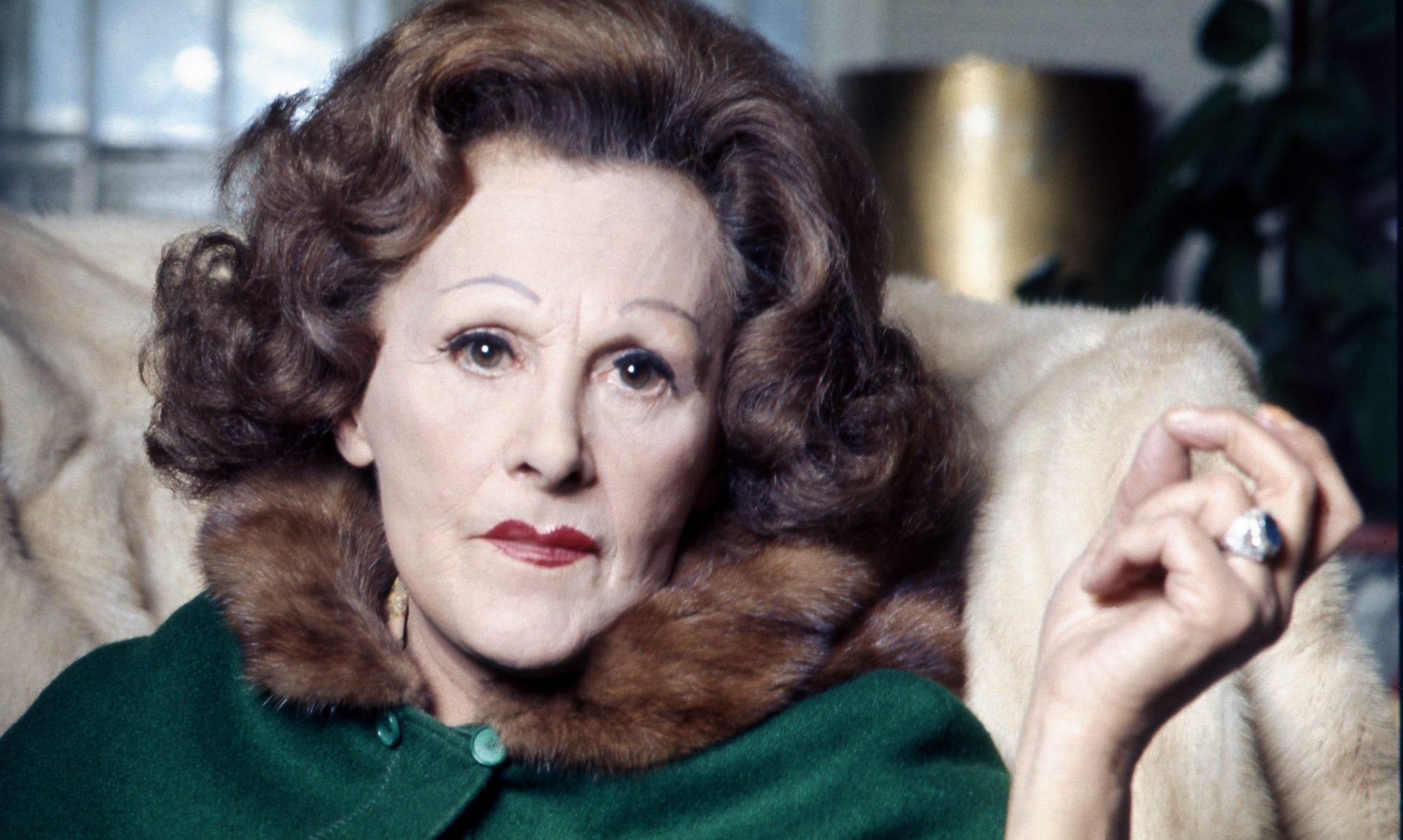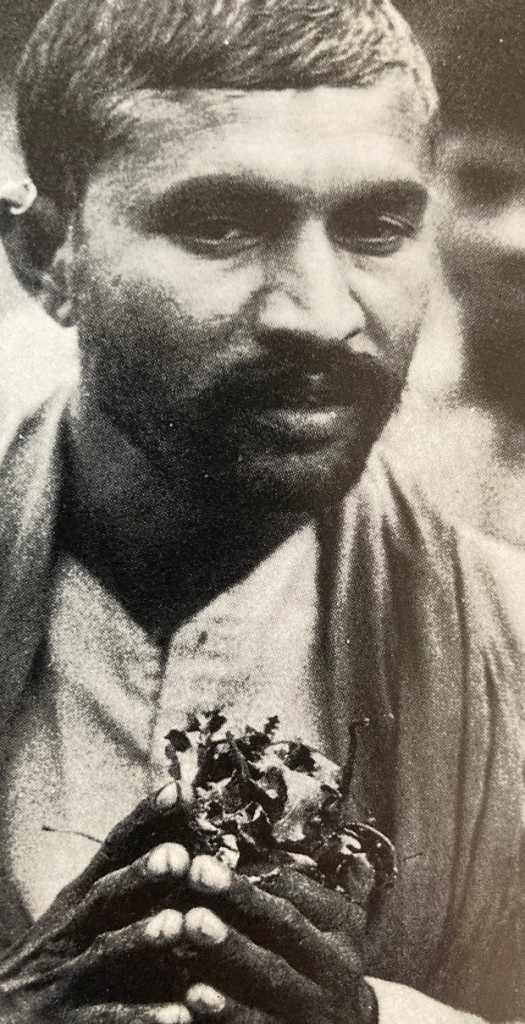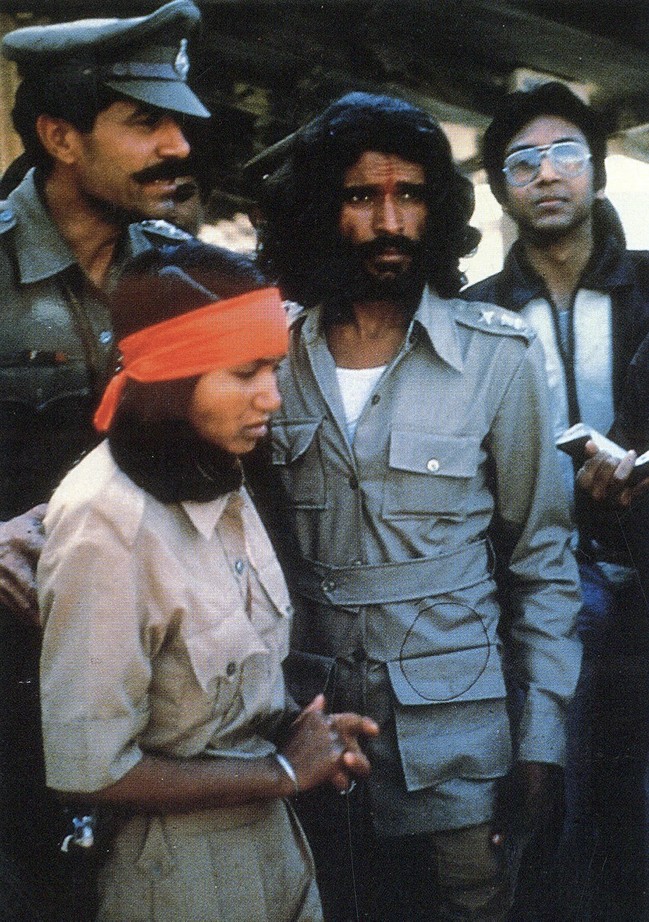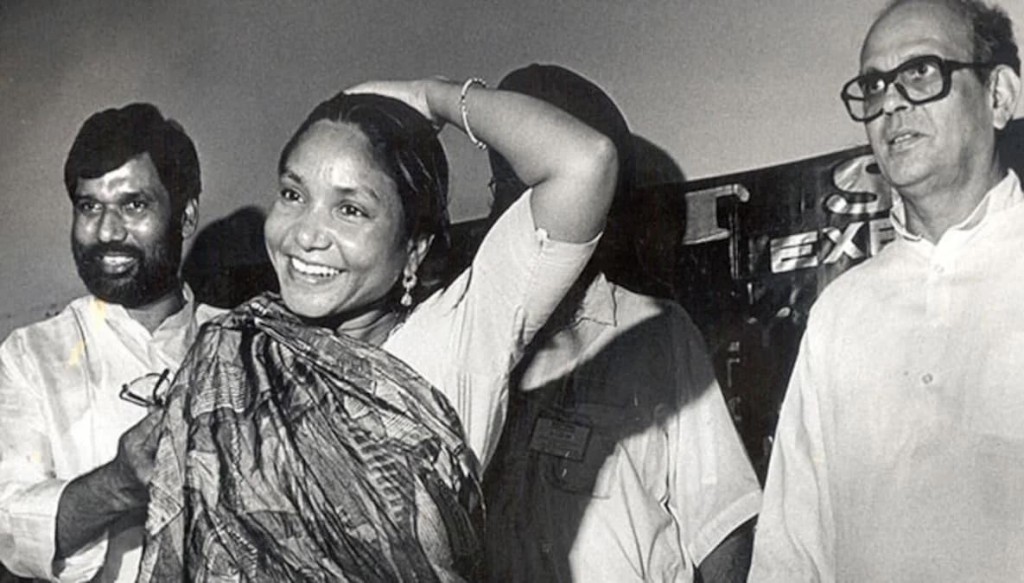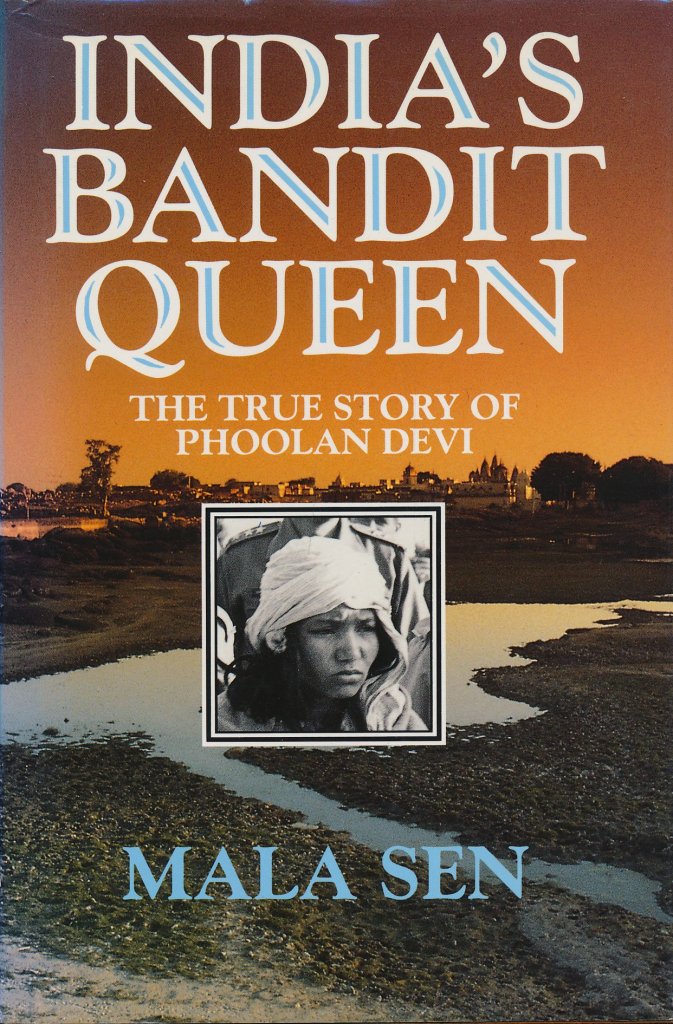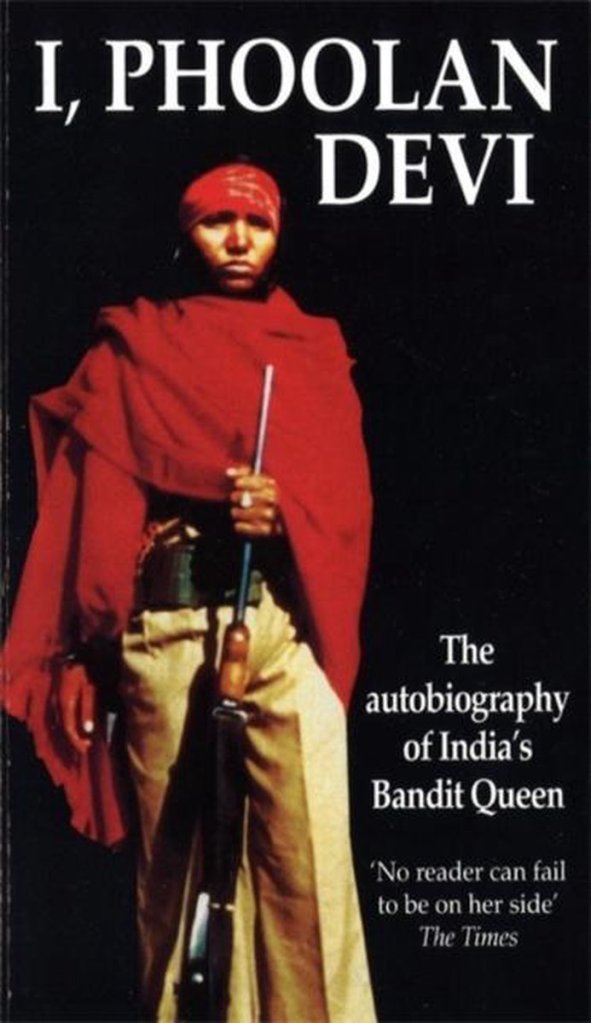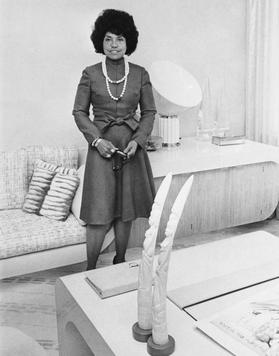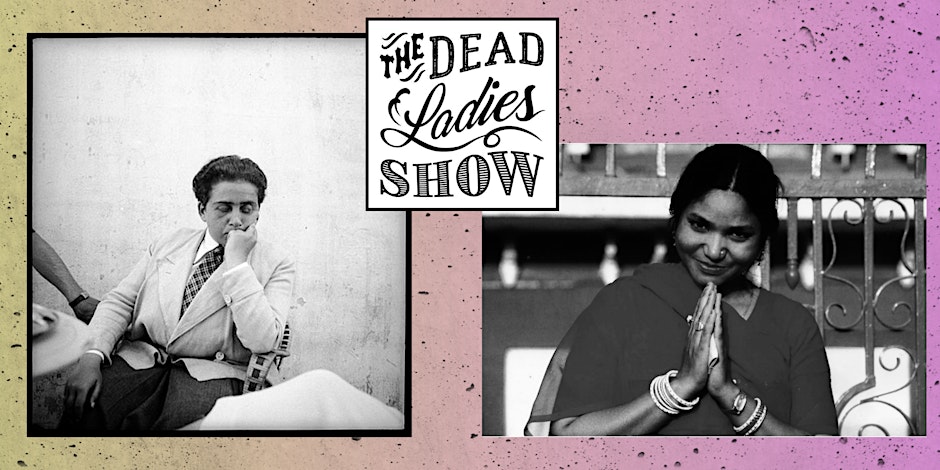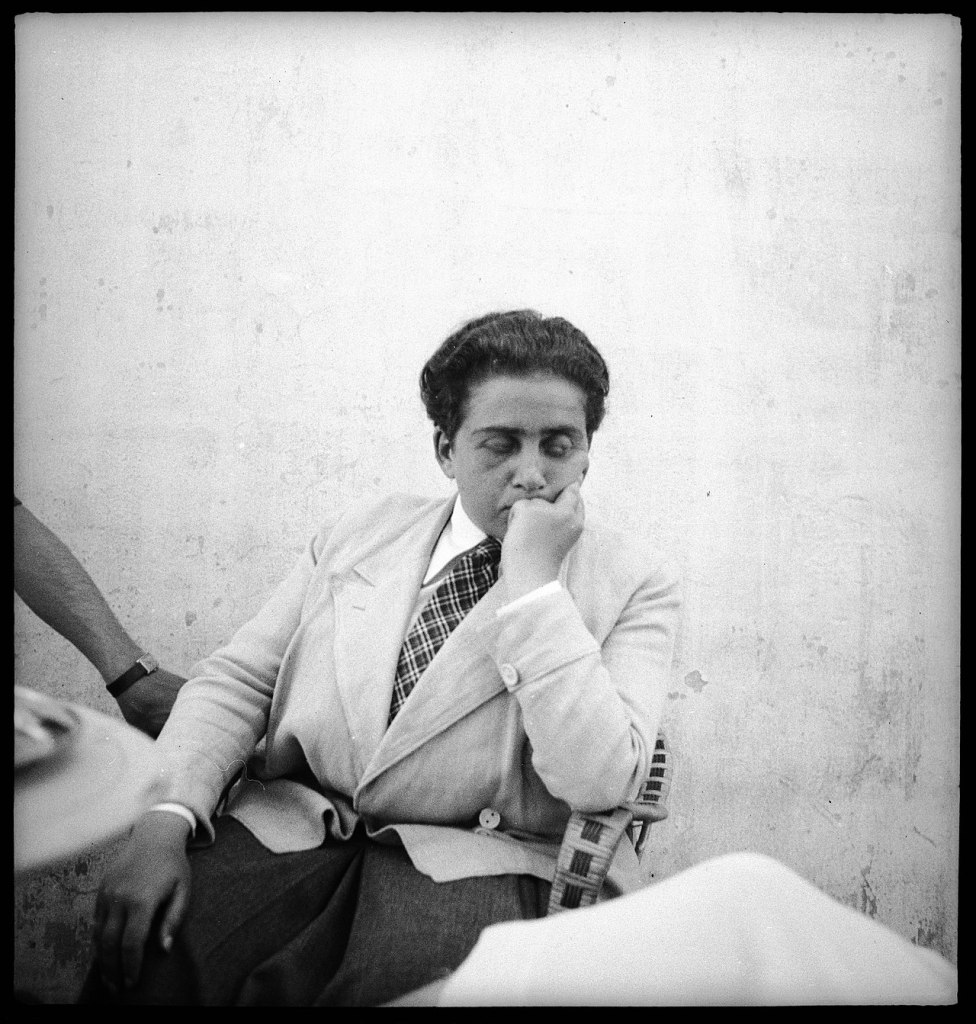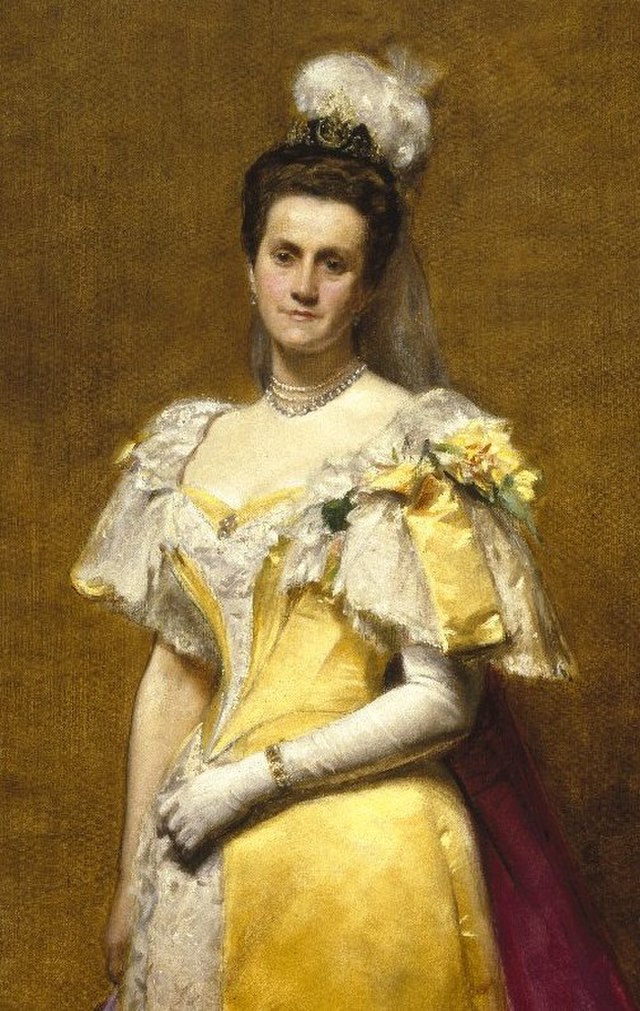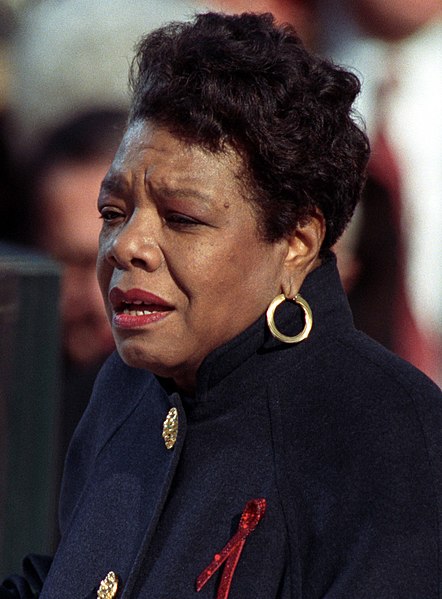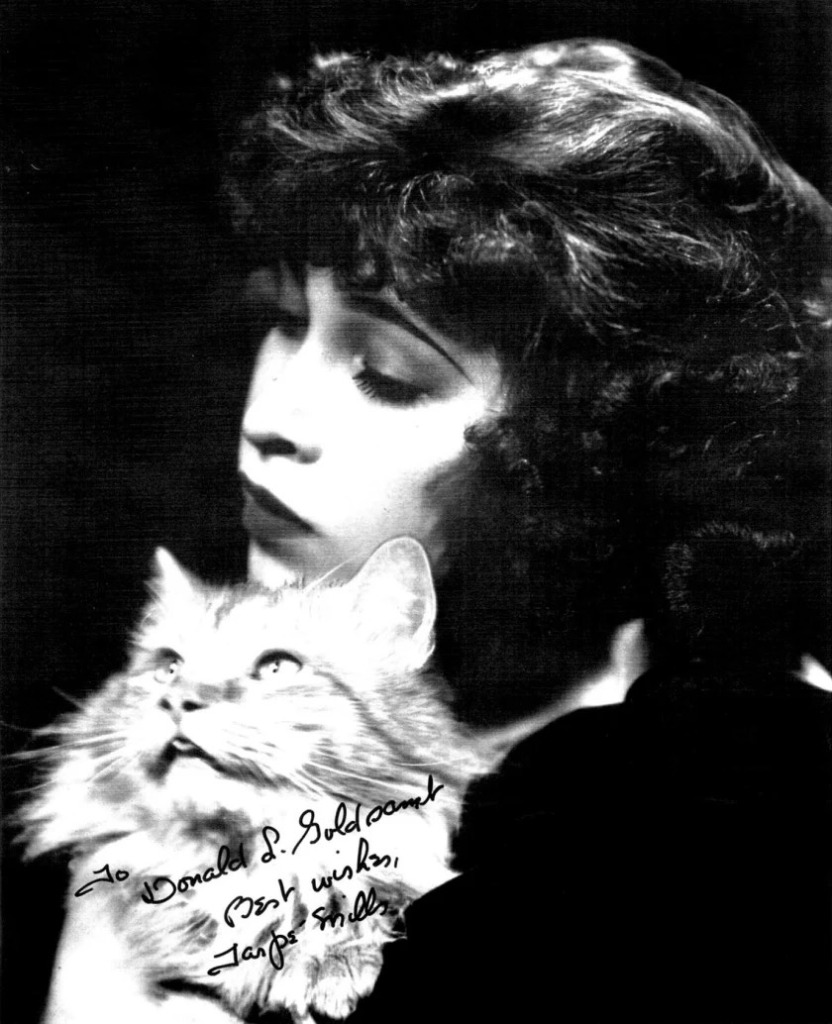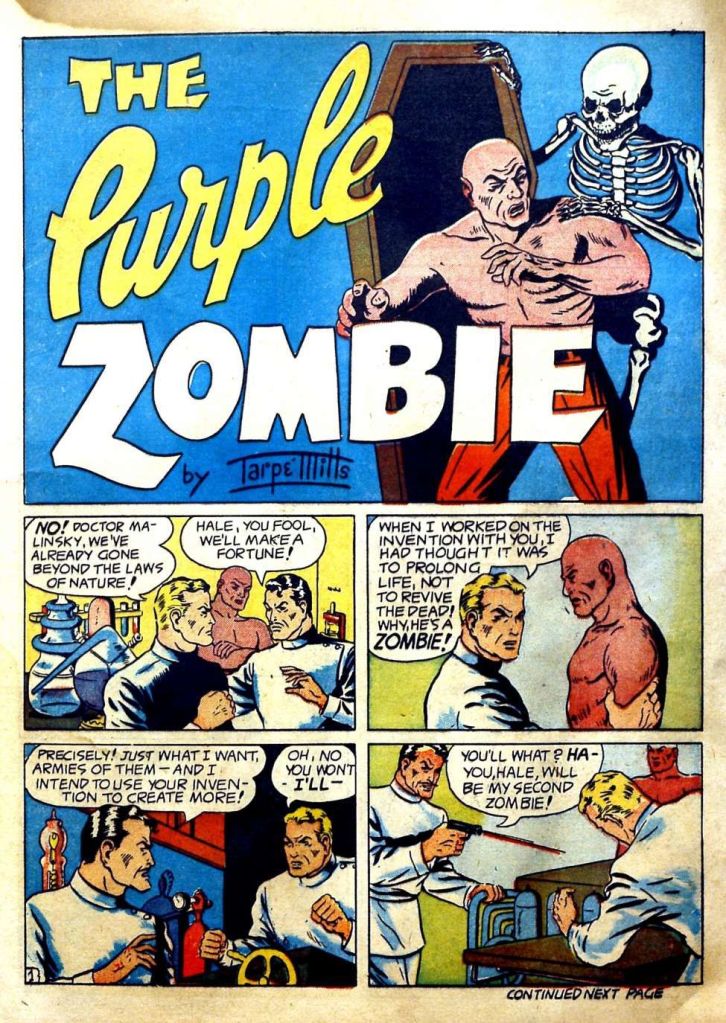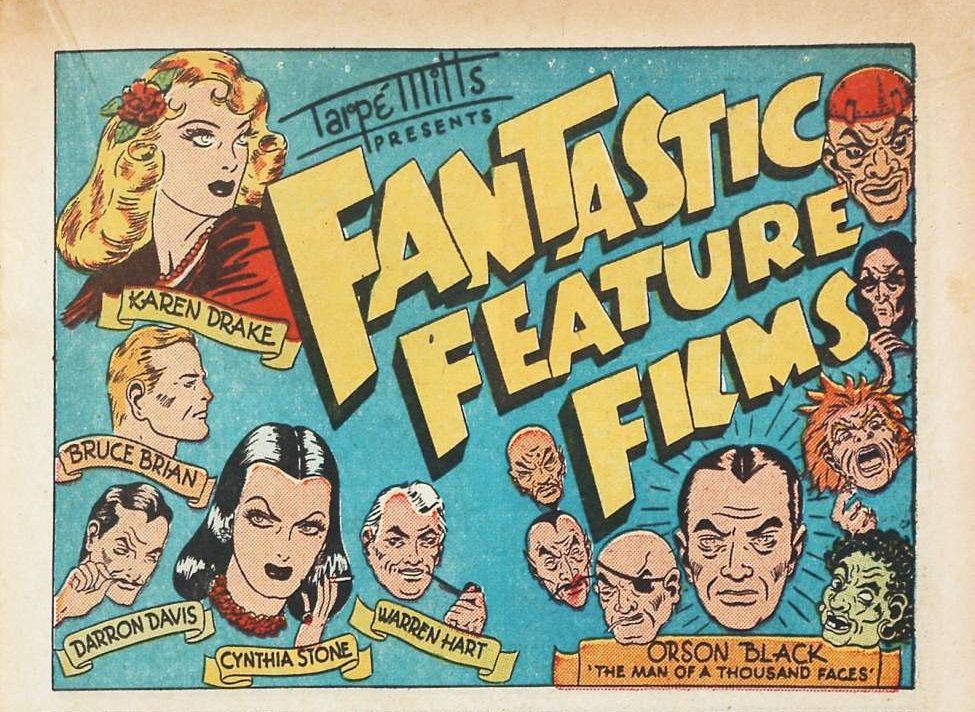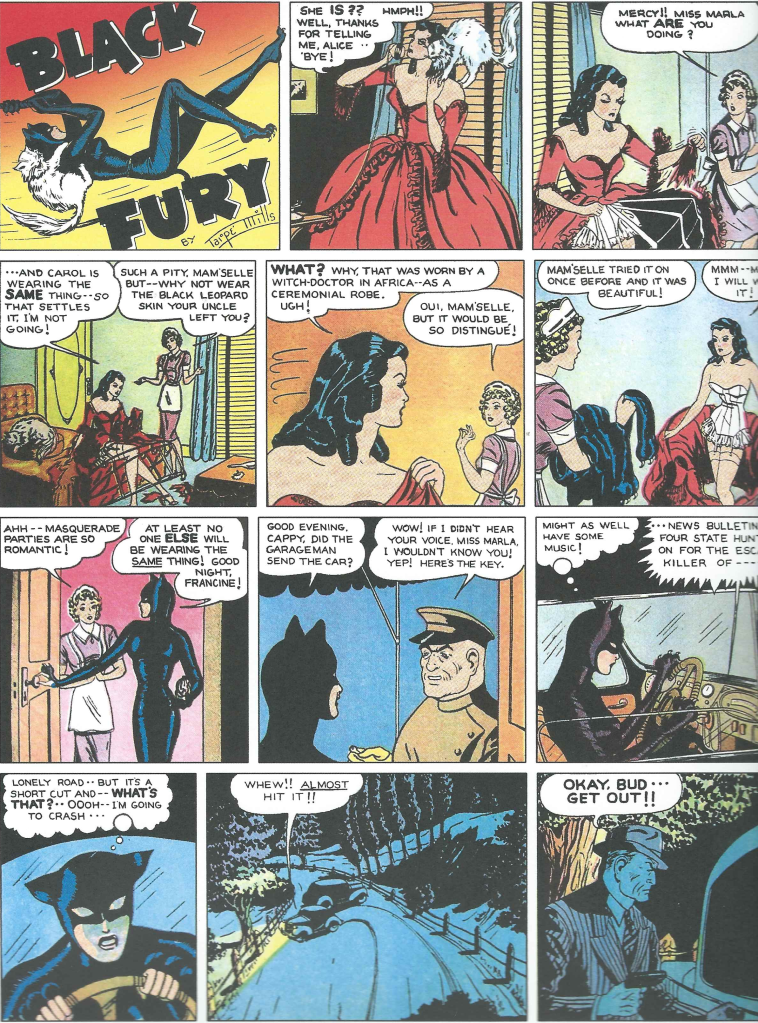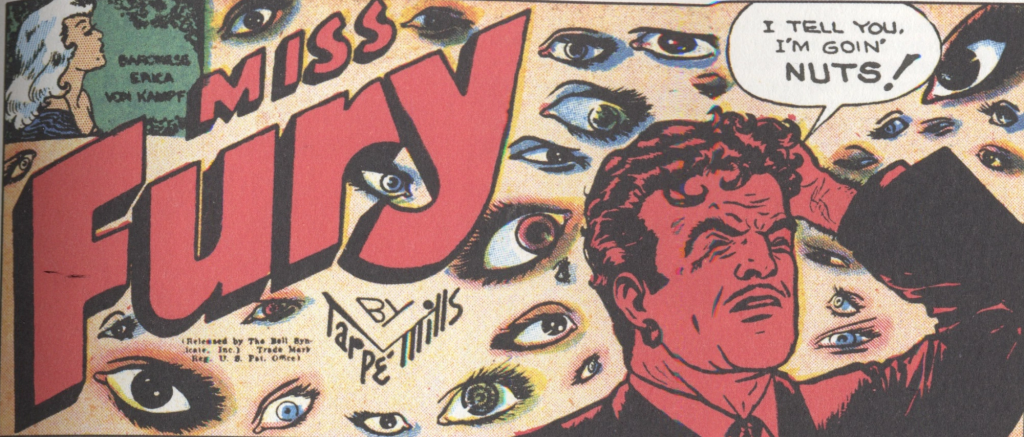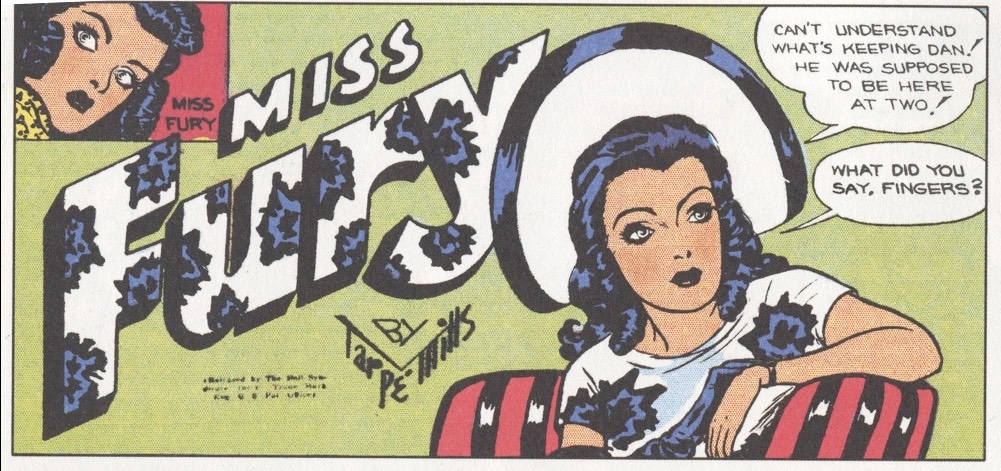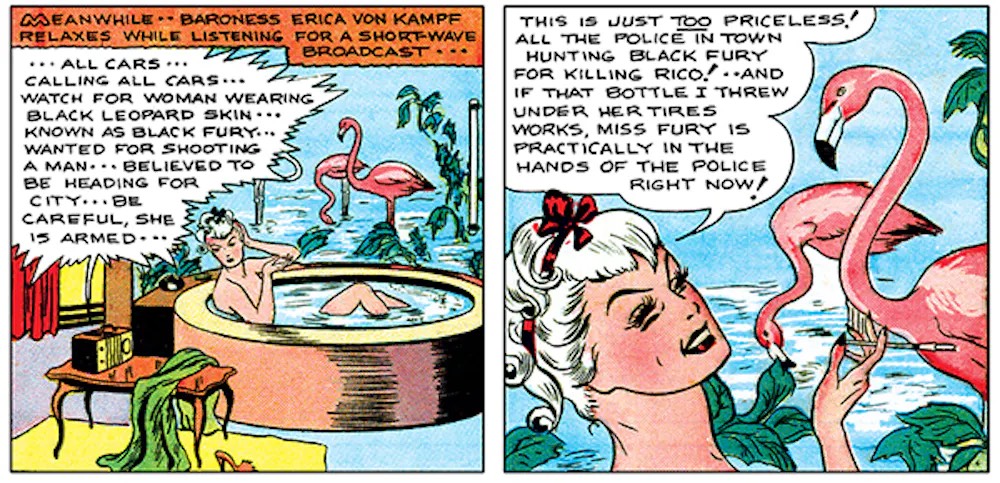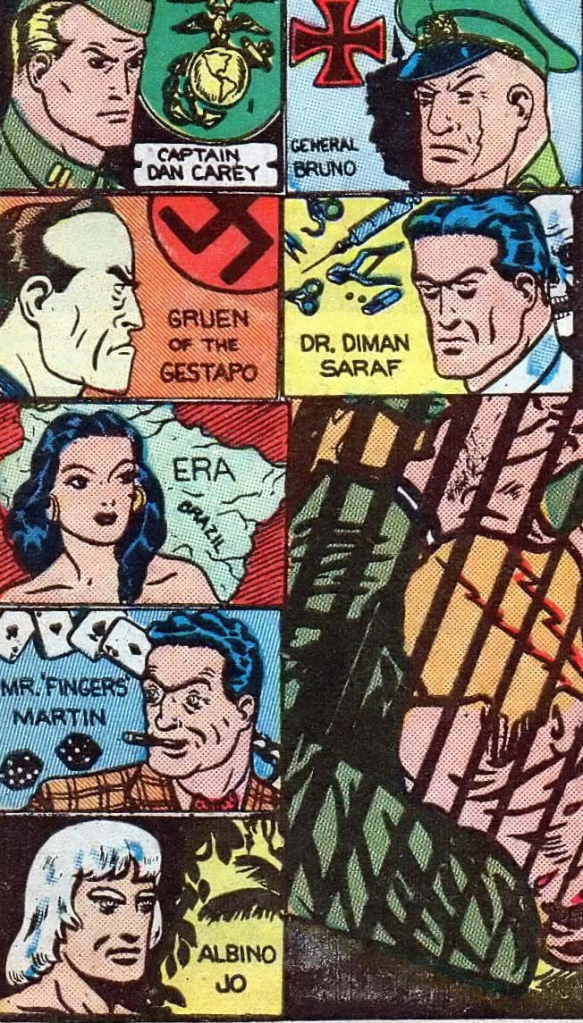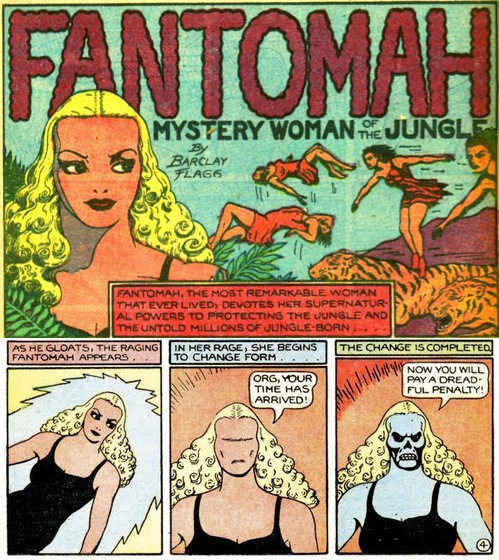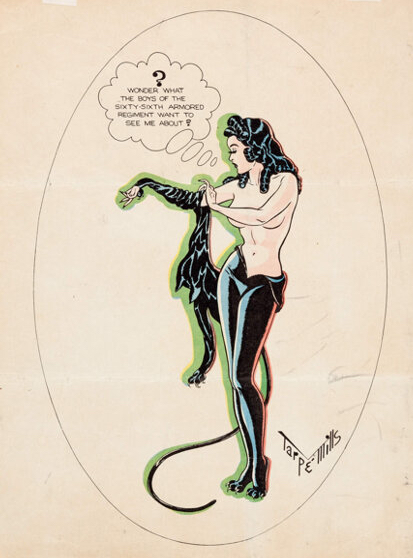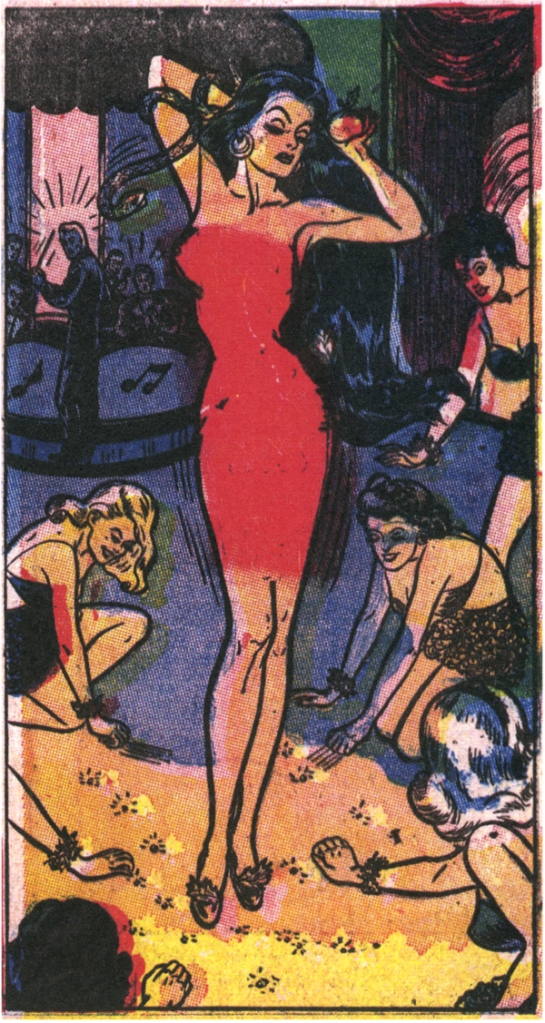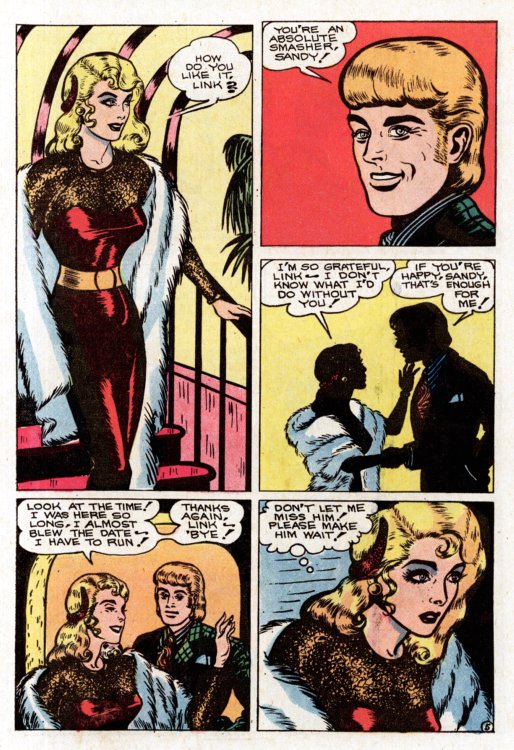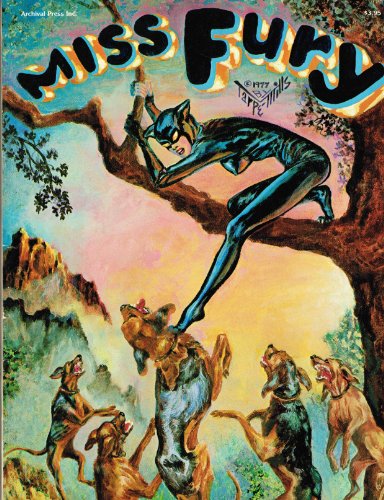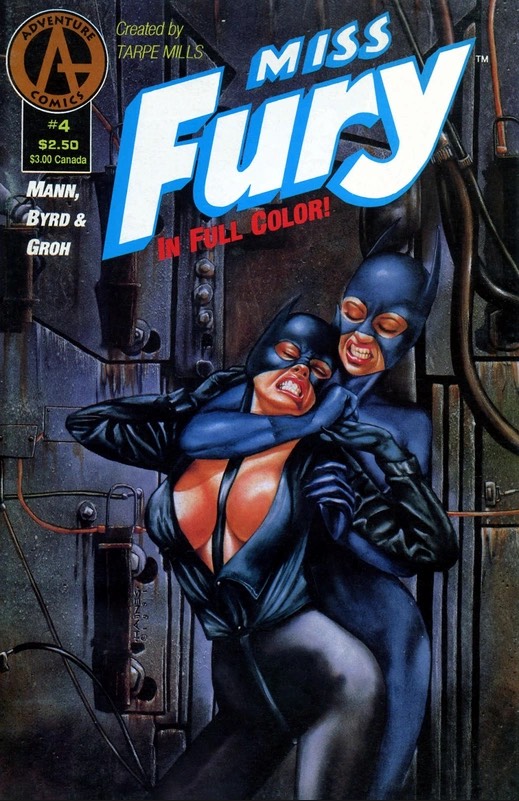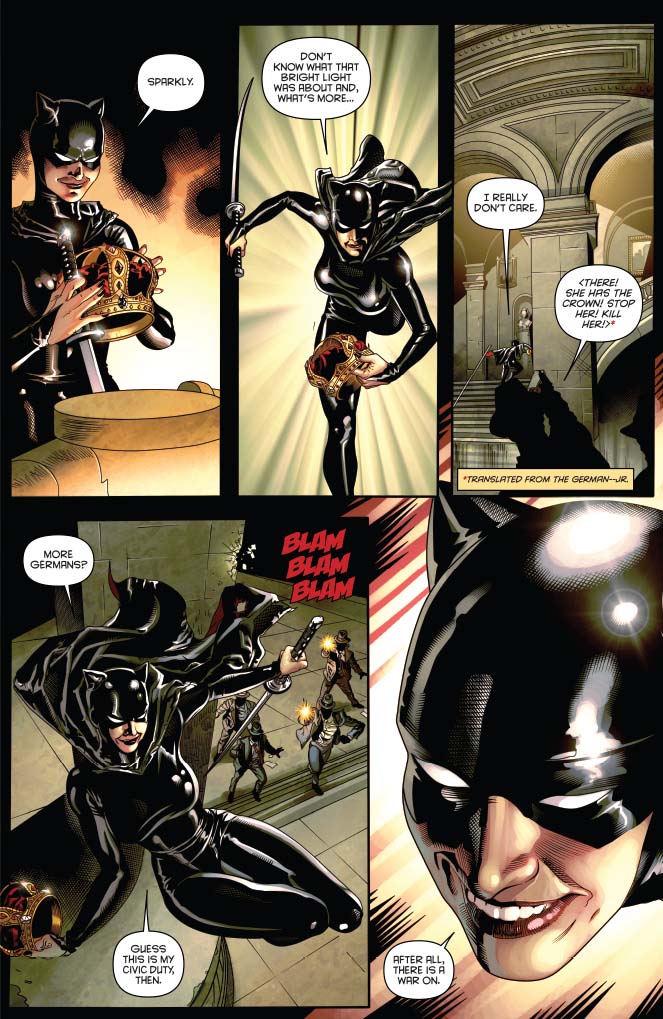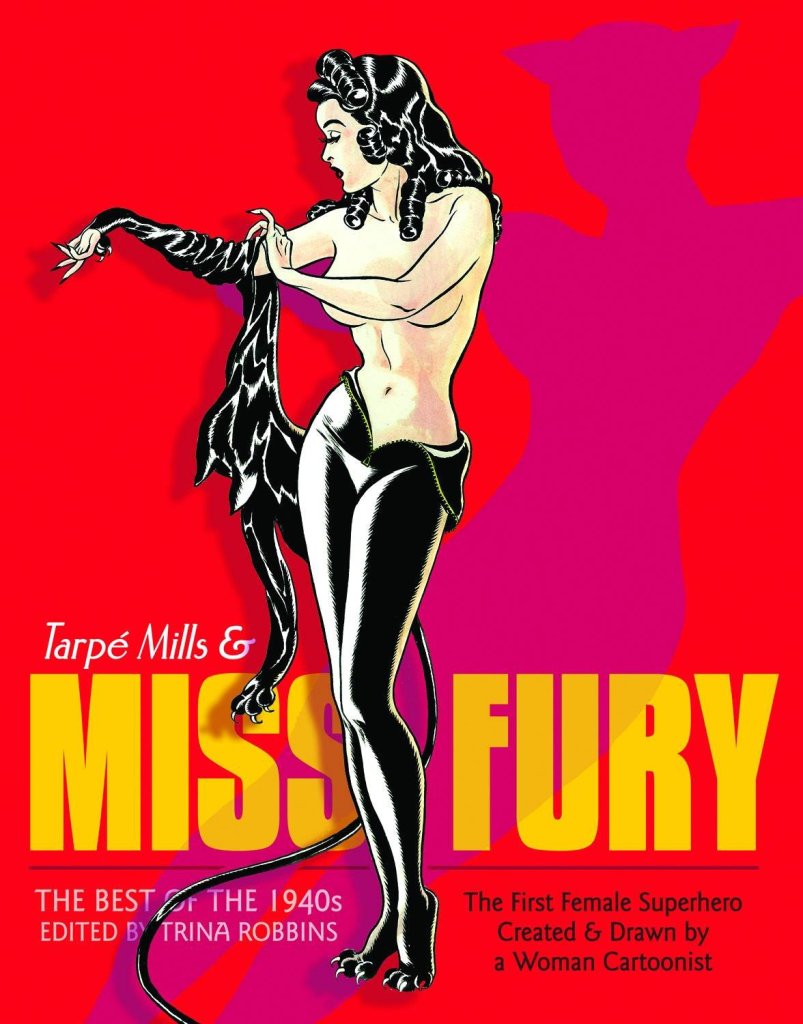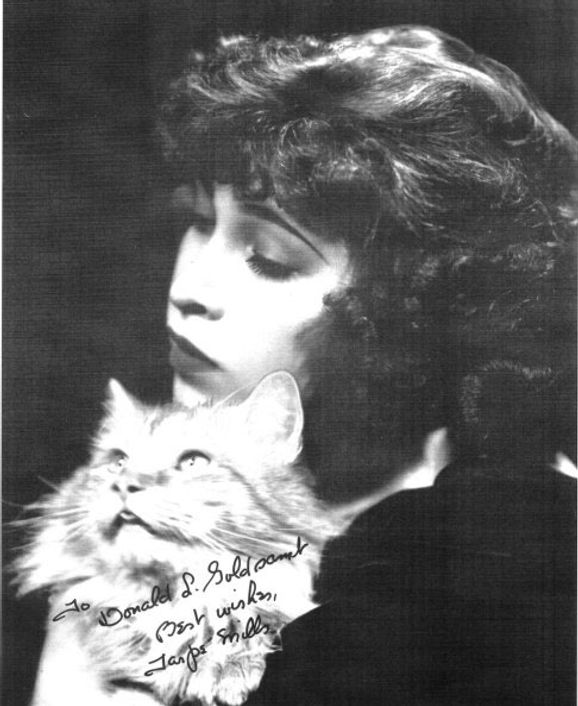It’s us again! Back to our three-talk format but only in English again, unfortunately, due to our continuing funding woes. We’re treating you to talks by your beloved co-hosts Katy Derbyshire and Florian Duijsens, plus the curator, writer, and film producer Rachel Pronger. Learn all about three impressive women who faced tough times, pushed boundaries, and gave the world lasting treasures. The aim of the show is to raise money for more podcasts, so we’ve adjusted the non-reduced price to €10, but reduced tickets still cost €4. Get your tickets here. Doors open 7.30 pm – come on time to get a good seat!
++++++++++++++++++++++++++++++++++++++++++++++++++++++++++
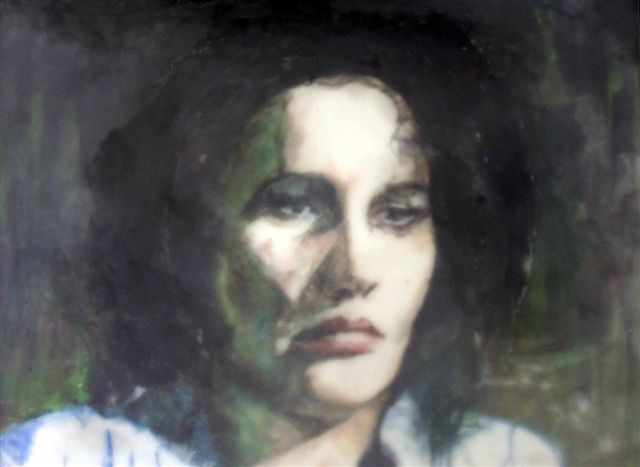
ANNA GÖLDI was the last woman to be legally executed after being accused of witchcraft in Switzerland, in 1782 – that’s just seven years before the French Revolution. She worked as a maid, looking after a young girl who allegedly began spitting up needles. Her wealthy employers accused her of witchcraft, and she was tortured until she admitted being in league with the devil. She was sentenced to death by decapitation for poisoning, even though the girl had not died. Her case was acknowledged as a miscarriage of justice in 2007.

ESTER KRUMBACHOVÁ was a Czech screen writer, costume and stage designer, author, and film director. She had a defining influence on Czech New Wave cinema, collaborating on more than twenty movies from the early 1960s on. Her involvement in the satire A Report on the Party and Guests meant she was blacklisted from working in film by the Czechoslovakian communist party during much of the 1980s. She worked under pseudonyms, painted and made jewelry, returning to the film industry in the 1990s.

Dame MIRIAM ROTHSCHILD was a British zoologist, entomologist, and botanist. From a wealthy family with an active interest in nature, she started collecting ladybirds and caterpillars and taking a tame quail to bed with her at the age of four. During a spell of WWII codebreaking at Bletchley Park, she pressured the British government to take in more Jewish refugees, providing housing for 49 children in her own (stately) home. She then became a leading authority on fleas, with side-lines in other parasites, butterflies, and meadow restoration.
